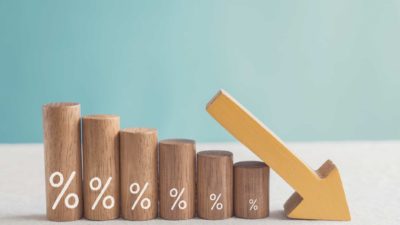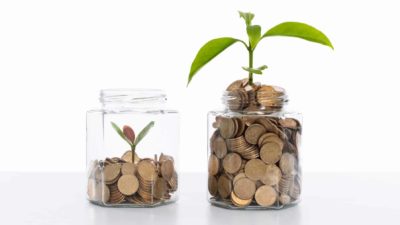We've all heard of the Santa Rally and the dictum "sell in May and go away".
But is it just a silly superstition that some months are better or worse for the share market?
While past performance is no guarantee of what will happen in the future, Schroders (LON: SDR) recently compiled the historical statistics to see just what the deal is.
The team crunched the numbers based on 31 years of performance on four major indices:
- MSCI World Index (.WORLD:MSCI)
- S&P 500 Index (SP: .INX)
- FTSE 100 Index (FTSE: UKX)
- EURO STOXX 50 (INDEXSTOXX: SX5E)
And these were the results, as published by Visual Capitalist:
| Rank | Month | Years when shares went up | Percentage point diff from average |
| 7 | January | 57.8% | (1.3) |
| 8 | February | 57.0% | (2.1) |
| 9 | March | 56.3% | (2.8) |
| 2 | April | 74.3% | +15.2 |
| 5 | May | 58.6% | (0.5) |
| 12 | June | 36.7% | (22.4) |
| 4 | July | 61.7% | +2.6 |
| 11 | August | 49.3% | (9.8) |
| 10 | September | 51.6% | (7.5) |
| 3 | October | 68.6% | +9.5 |
| 6 | November | 58.4% | (0.7) |
| 1 | December | 79.0% | +19.9 |
| Average | 59.1% | 0 |
Santa Rally and 'sell in May and go away'
The best month for share price growth seems to be December, in a phenomenon affectionately known as the Santa Rally.
"One theory is that the holiday season has a psychological effect on investors, driving them to buy rather than sell," said Visual Capitalist writer Marcus Lu.
"We can also hypothesise that many institutional investors are on vacation during this time. This could give bullish retail investors more sway over the direction of the market."
April is also a strong month. In the US, this is when many citizens receive their tax refunds.
In Australia, the numerous public and school holidays may have a similar festive effect to December.
On the other end of the ladder, June seems to be historically a poor month for stock prices.
In Australia, June is the final month of the financial year, causing retail investors to perform tax-loss selling and fund managers to tidy up their portfolios.
"The data does show a convincing pattern. It's for this reason that the phrase 'sell in May and go away' has become popularised."
Perhaps the most heart-warming part of the analysis is that overall 59.1% of the months see the share market winning than losing.
This indicates how long-term investing in shares can increase the chances of a portfolio expanding in value.
Have ASX shares in 2022 followed the pattern?
As for this year, a recent Market Matters report claimed the Australian share market has so far stuck to the script.
"The local market has followed its seasonality clock perfectly in 2022," read the document.
"But we feel it's likely to be harder to maintain over the next 6 months."
The reason for the doubt for the second half of 2022 is it's expected to be a turbulent time with the Reserve Bank raising rates dramatically.
"Seasonally June often forms a platform for a run up into Christmas, which does dovetail with our current bullish stance towards stocks," read the report.
"Although it's very hard to imagine risk assets losing the shackles of a rising interest rate environment in a meaningful manner anytime soon."









